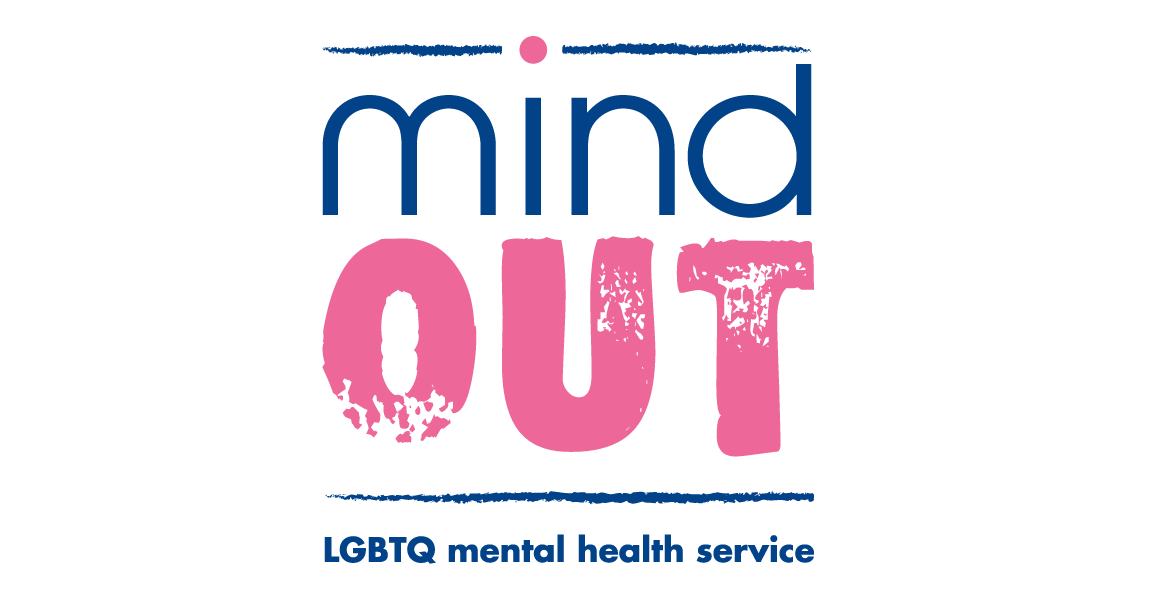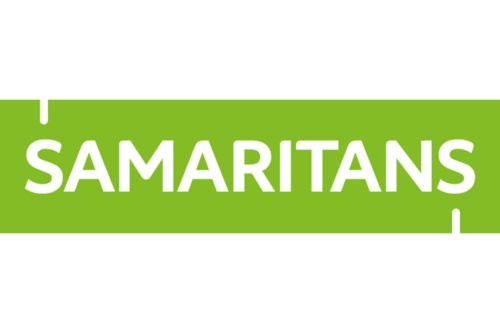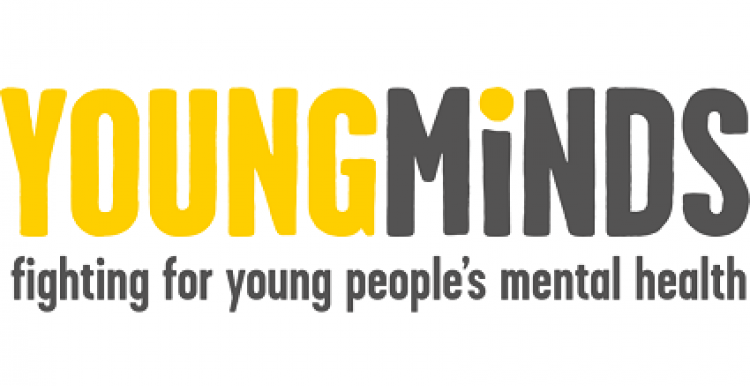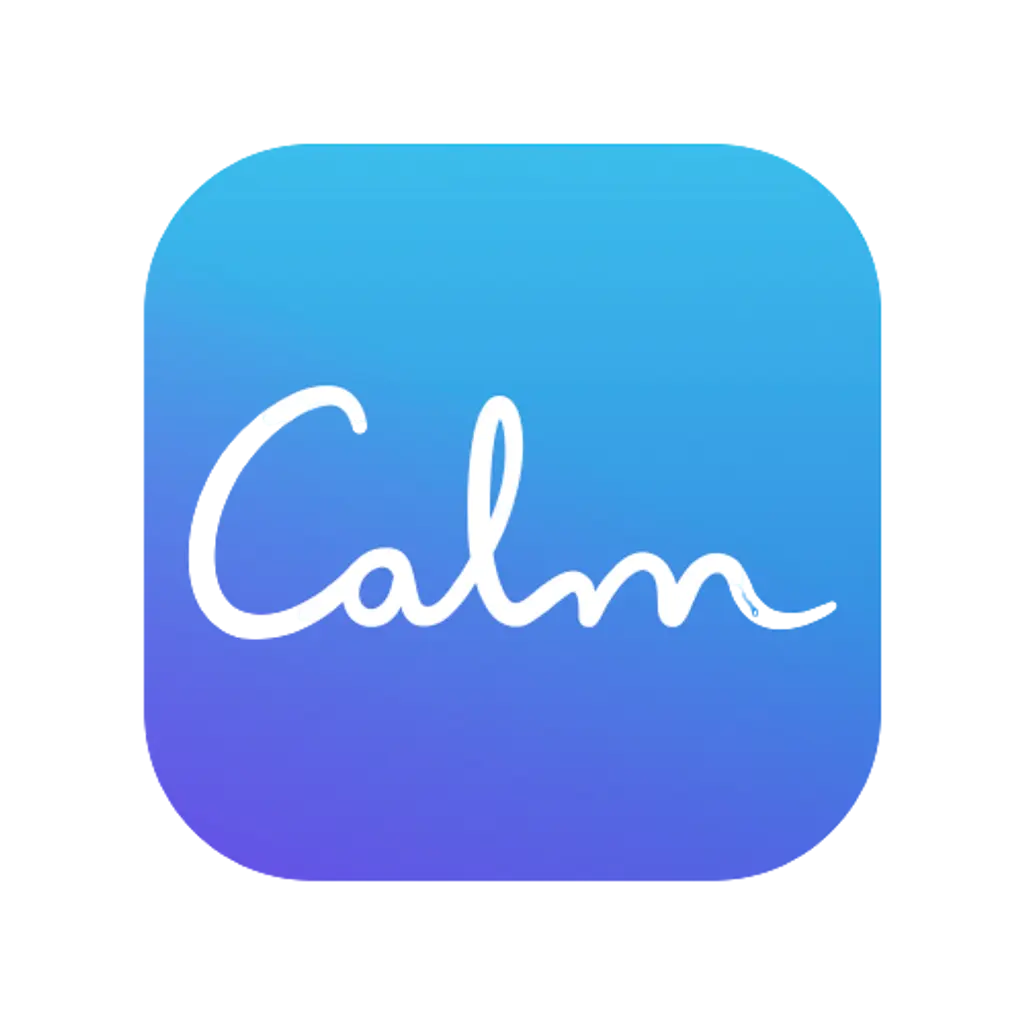Tennis Elbow
What you should know
Tennis Elbow is a condition that causes pain around the outer aspect of the elbow. This occurs due to problems with the tendons (soft tissue which attaches muscle to bone) of the forearm, which join together and attach at the bony prominence on the outside of your elbow.
For most people, the pain is only there when they use the forearm and wrist for activities that involve gripping or twisting movements. Repeated movements such as DIY or computer mouse work can often cause aggravation. The outside of the elbow may be very tender to touch and you may notice some pain travelling down the forearm. For some patients the pain is constant.
The good news is that in most cases tennis elbow isn’t a serious problem and will usually get better with changes in activity and rehabilitation. As far as possible, it’s best to continue with your normal everyday activities as soon as you can and to keep moving.
What to do
There are many ways in which you can help reduce the pain. Although they may not remove the pain completely they should reduce it.
Keep moving
Staying generally active is the most important way you can help yourself if you have tennis elbow. It releases chemicals called endorphins, which are the body’s natural painkillers. These improve pain and make you feel happier.
General exercise might make your elbow feel a bit sore at first but it doesn’t cause any harm – so don’t let it put you off. It’s important that you continue to exercise regularly and don’t stop when the pain is gone and you’re feeling better, for your long-term general health.
Pain medication
Keeping on top of the pain can help to maintain normal functional activities.
It may surprise you, but simple over the counter painkillers such as paracetamol and ibuprofen are the most effective pain medication. If you feel you need them – use them. You should only take the recommended daily dose but do not wait until your pain is out of control to take them.
Consult with your Pharmacist or GP if you have any concerns and do not take ibuprofen or aspirin if you are pregnant or have asthma, an ulcer or indigestion.
Activity modification
Avoid heavy lifting, forceful gripping or twisting actions that may aggravate symptoms. If lifting a heavy object, do so with your elbow bent and your palm upwards, to reduce strain.
If you are involved in an activity using repetitive movements, such as a keyboard or mouse work, or if your profession requires repetitive manual handling activities, have a look at your workstation and work activities and consider how you could adjust these to avoid undue stress on your wrist and forearm. You may need to talk to your employer. Using an epicondylitis clasp may be helpful. These can be worn on your forearm to reduce stress and should be available at your chemist.
Hot/cold
An ice/cold pack in the first 0-72 hours can be used to help reduce back pain. Only use for 10-15 minutes on protected skin.
After this period heat; such as a hot water bottle, a bath or a shower can be an excellent effective way to reduce pain. Again use for 10-15 minutes.
For both hot and cold you should make sure there is something between your skin and the source of heat/cold such as a paper towel or tea towel.
Sleep
Sleep is really important when it comes to managing pain. Studies suggest that getting a good night’s sleep can reduce pain levels by as much as 25%.
Tips to improve your sleep include;
- Sleeping in a dark, quiet and cool room
- Supporting your shoulder or arm with a pillow if needed
- Try taking your pain relief an hour before you go to bed
- Do not consume caffeine within 6 hours of sleeping
- Try to avoid eating within 2 hours of sleeping
- Try to not be in front of bright screens such as TVs, laptops and phones for 1 hour before bed
- Keep your bedroom as a place to sleep do not use it for work or as an office
- If you do wake in the night and cannot get back to sleep, get up, go to another room and do something until you are tired before going back to sleep
Diet and nutrition
There are no special diets that have been shown to either help or prevent elbow pain.
What’s recommend for us all is a well-balanced and healthy diet, which is low in saturated fats, sugar and salt. It’s also a very good idea to eat plenty of fresh fruit and vegetables, and to drink plenty of water.
If you need to lose weight, the key is to regularly burn off more energy than you consume on a daily basis.
Exercises
If an exercise is painful to undertake/or causes a moderate to high level of pain during or afterwards, then reduce the difficulty level or stop that particular exercise.
- Isometric wrist extension – put your wrist in mid-position and place the other hand over the back of the hand to be exercised. Push the back of the hand into the other hand. This should feel very low effort and should be comfortable. Hold for 5 seconds and repeat 10-15 times.
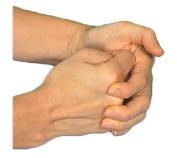
.png) Wrist extensor strengthing – support your arm on a surface with your palm down. Raise the wrist then slowly lower over 5 seconds. Repeat 10-15 times.
Wrist extensor strengthing – support your arm on a surface with your palm down. Raise the wrist then slowly lower over 5 seconds. Repeat 10-15 times.- Wrist extensor stretch – straighten your elbow out in front and gently drop the wrist, feel the stretch in the forearm. Use the other hand to increase the stretch if needed. Hold for 20 seconds. You can gently massage the forearm as you stretch.
 When to see your GP/Physiotherapist
When to see your GP/Physiotherapist
- If you have had an accident or trauma to the elbow
- If you have any redness or swelling of the elbow
- If you feel unwell or have a fever
- If you have pins and needles/ numbness in the forearm or hand as well as elbow pain
- If you have a history of cancer, osteoporosis, steroid use, or excessive drug or alcohol use
- If your symptoms do not improve with the exercises above within a month
Further resources
- NHS Conditions – Tennis Elbow
- RJAH Tennis Elbow Patient Information Leaflet
- RJAH Tennis Elbow Physiotherapy Post-Operative Guidelines
- Versus Arthritis Elbow Pain
- Versus Arthritis Elbow Pain Exercises
- NHS – Sleep problems
- NHS – Lose weight (includes the NHS app for weight loss)
- NHS – Quit smoking (includes the NHS quit smoking app)
I am in Crisis
If you feel you need immediate help, contact one of the below charities.
Recommended Apps
Below are a selection of the apps we recommend
 When to see your GP/Physiotherapist
When to see your GP/Physiotherapist
